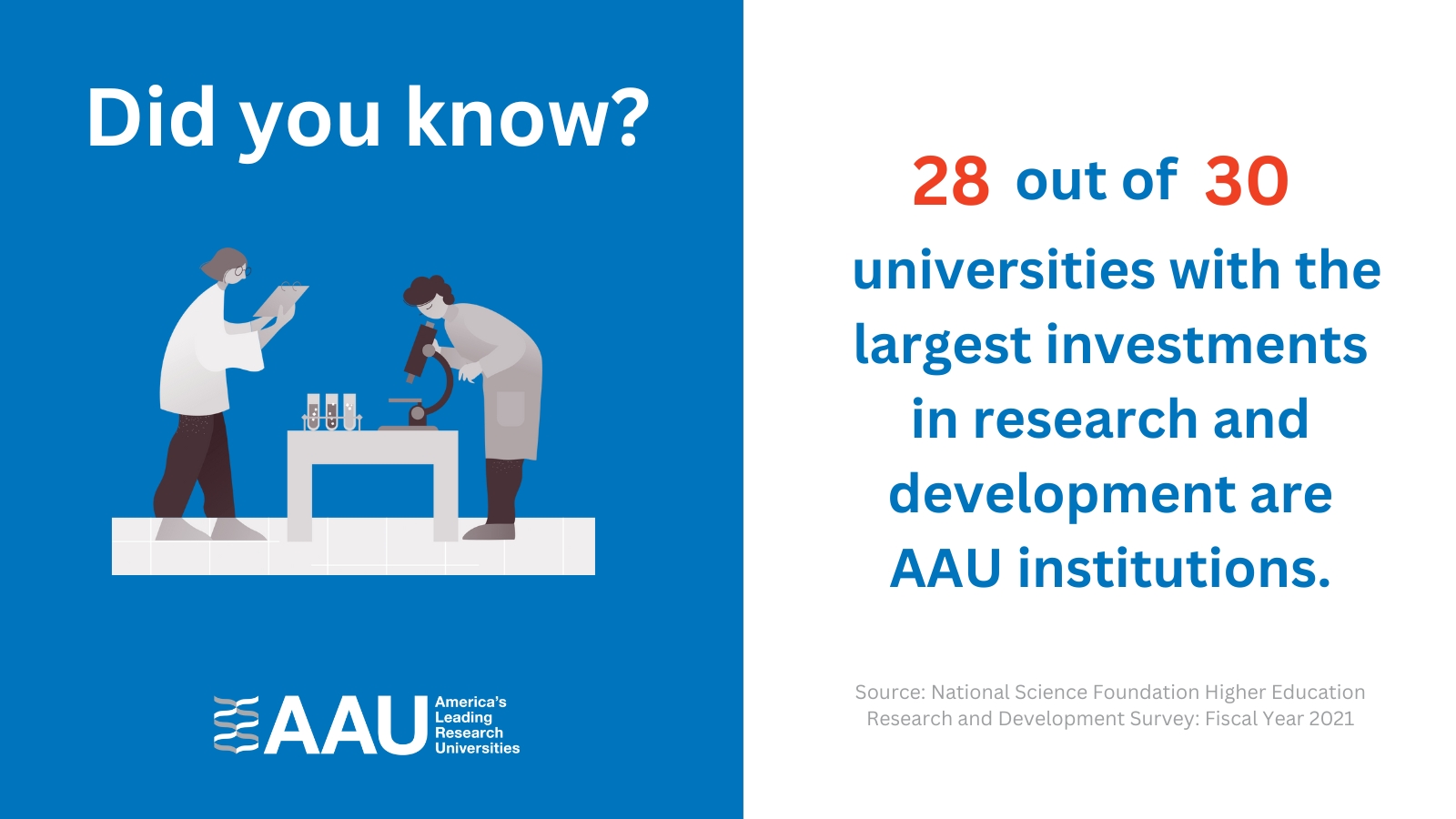 NEH Announces Grants Supporting Humanities Projects Nationwide, Including at AAU Institutions
NEH Announces Grants Supporting Humanities Projects Nationwide, Including at AAU Institutions
Earlier this week, the National Endowment for the Humanities announced $28.1 million in grants for humanities projects nationwide; nearly 60 of the 204 funded projects are at AAU member institutions.
The grants fund a variety of innovative projects in the humanities, including advanced research by faculty, initiatives on college campuses that support humanities learning and education, and programs and projects that encourage public engagement with the humanities. For example, a project at the University of Southern California will create a digital project on the history of Los Angeles’ Chinatown. Another initiative at New York University will create scholarships for students to intern at cultural heritage institutions to learn more about film conservation and archiving. A fellowship awarded to a University of Washington faculty member will support a book project on the lives of indigenous explorers in the Pacific and a grant awarded to Harvard University will help scholars analyze paint pigments and colors in historical art.
In a press statement, NEH Chair Shelly C. Lowe said: “The range, diversity, and creativity of these new projects speak to the wealth of humanities ideas and deep engagement of humanities practitioners across our country.” A full list of grant awards and offers can be found here.
 Biden Administration Proposes Changes to Income-Driven Student Loan Repayment Program
Biden Administration Proposes Changes to Income-Driven Student Loan Repayment Program
The Biden administration is proposing changes to an income-driven student loan repayment program that would reduce some borrowers’ monthly student loan bills. The proposed changes would allow borrowers enrolled in the Revised Pay as You Earn or REPAYE program to reduce their monthly payments from 10% of their discretionary income to 5%.
The plan also changes the formula that borrowers currently use to calculate their discretionary income. The existing plan protects students’ income equal to 150% of federal poverty levels; anything over that limit is considered discretionary. The new formula will calculate discretionary income as anything in excess of 225% of federal poverty levels. According to the Department of Education, the proposed changes would “offer $0 monthly payments for any individual borrower who makes less than roughly $30,600 annually and any borrower in a family of four who makes less than $62,400.” The agency estimates that, under the new plan, “a typical graduate of a four-year public university would save nearly $2,000 a year through lower monthly payments.”
The proposal was published in the Federal Register earlier this week; the Education Department is accepting public comments on the proposal until February 10. The agency expects to finalize and implement the proposal later this year.
News of Interest
Inside Higher Ed: An ‘Ambitious’ Regulatory Agenda – The Department of Education is planning a slate of new rules this year addressing issues such as college accreditation, distance learning, student loan repayment, the participation of transgender students in sports, and more.
The Washington Post: This Small Box Could Be the Future of Building in Outer Space – Astronauts on the International Space Station recently completed an experiment “using a small microwave-sized box that injects resin into silicone skins to build parts, such as nuts and bolts.” The box was designed by the Massachusetts Institute of Technology’s Space Exploration Initiative and could allow future astronauts to easily build and repair objects in space.
The San Diego Union-Tribune: How Much Faster Can Computers Get? UC San Diego Is Leading a $50M Effort to Find Out – The University of California San Diego is leading a consortium of 10 universities, including Stanford University and the University of California, Los Angeles, to make computers faster and more efficient. The coalition, which recently received a $35 million grant from the Semiconductor Research Corp., will focus on making software and semiconductor advances that could help improve computing power and memory.
Nature: Classroom Assistance: The Scientists Turning the Tools of Their Trade to Education – A growing number of science departments at research universities now have faculty members who specialize in education research or research on how to best teach science to students using evidence-based tools and techniques. AAU Deputy Vice President for Institutional Policy Emily Miller told Nature that “there has been a growth in these types of positions, both for tenure-track and long-term contract faculty members.”
The Washington Post: Bachelor’s Degree Dreams Get Farther Out of Reach for One Group of Students – Only one out of six community college students is able to transfer to a four-year program and attain a bachelor’s degree. Further, in recent years, the proportion of transferring students has declined rather than increased, with Black students and men experiencing the worst declines. New initiatives are attempting to improve transfer rates but face an uphill battle.
Featured Research

In the 1980s, two scientists from the University of California, Irvine discovered the dangers that chlorofluorocarbons – then commonly used in aerosol products like hairspray and deodorant – posed to the ozone layer that protects our planet from harmful ultraviolet radiation. Their discovery, and subsequent advocacy that led to an international agreement to ban the harmful chemicals, has been key to the ongoing recovery of the ozone layer.

Lab-Grown Retinal Cells Open Doors for Clinical Trials to Treat Blindness
Researchers at the University of Wisconsin–Madison have confirmed that “lab-grown retinal cells have the capacity to replace diseased cells and carry sensory information like healthy ones.” The research opens the door to clinical trials in patients with degenerative eye disease or injury. The researchers first developed a method to grow cells resembling the retina more than a decade ago.
Stat of the Week

AAU Institutions Lead Nation’s Universities in Research and Development Spending
AAU members are the biggest spenders among colleges and universities when it comes to research and development, according to a report released last month by the National Science Foundation. Twenty eight out of 30 universities with the highest R&D spending, per the FY21 Higher Education Research and Development survey conducted by the NSF, are AAU institutions. Johns Hopkins University was the number one spender, with $3.18 billion in R&D expenditures; the University of Michigan was third, with $1.64 billion in spending.